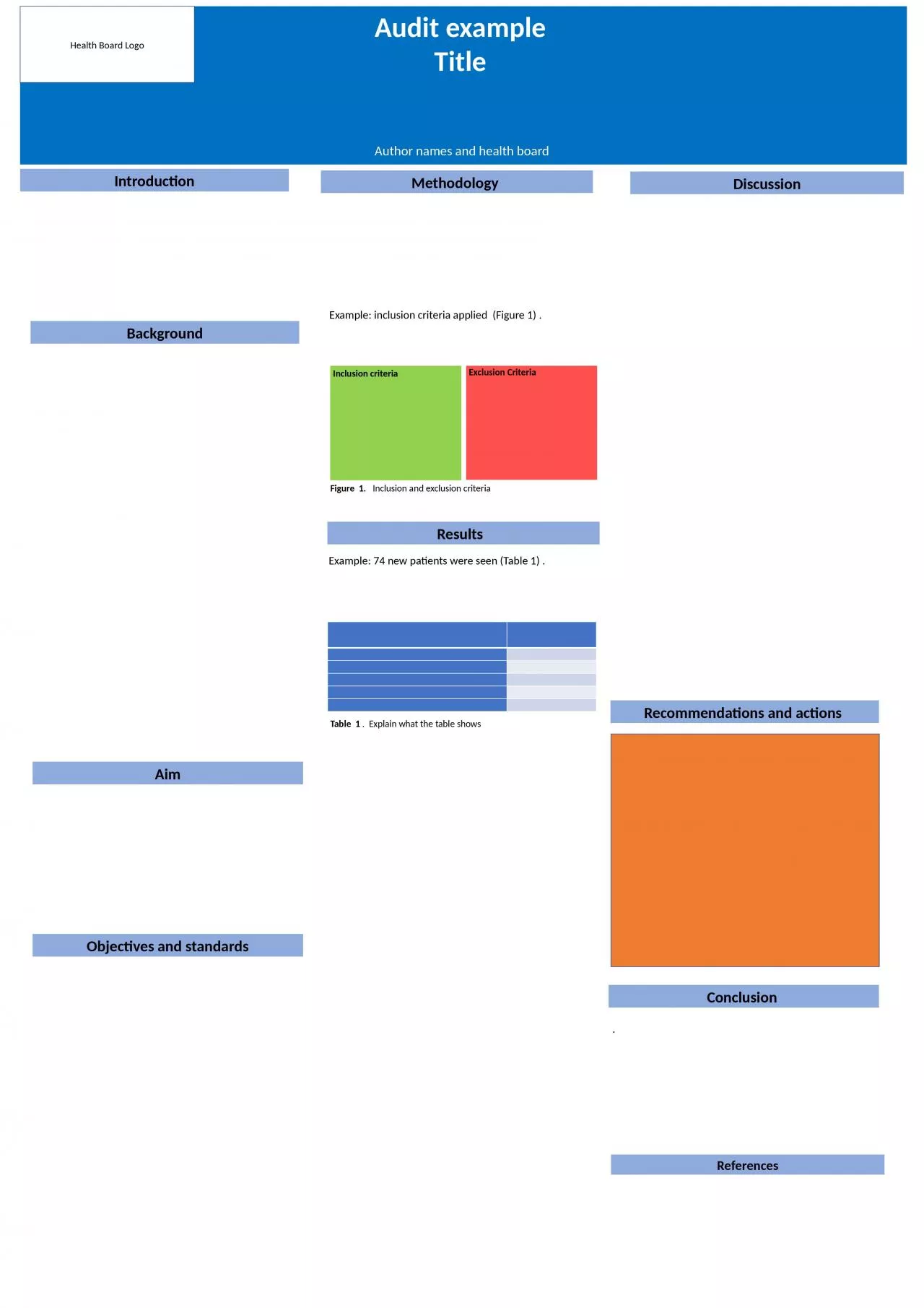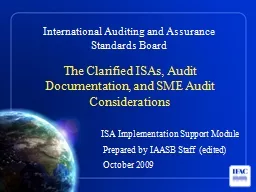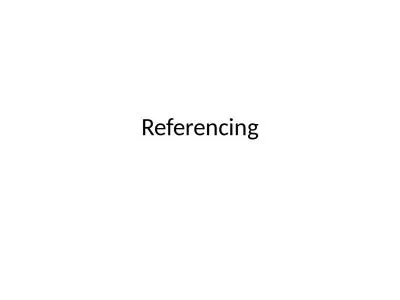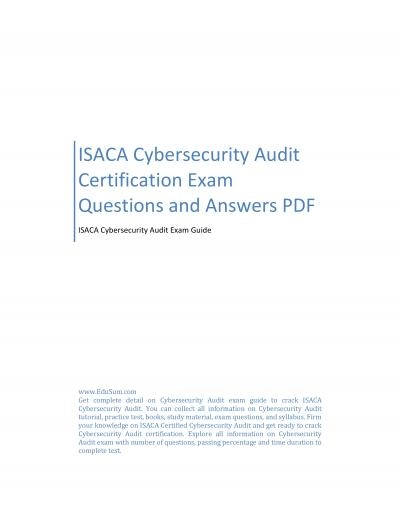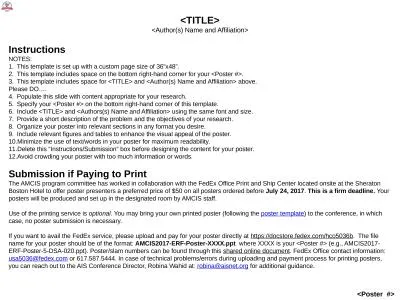PPT-Audit example Title Author names and health board
Author : HappyHusky | Published Date : 2022-08-01
References Background Introduction Conclusion Methodology Exclusion Criteria Recommendations and actions Discussion Example inclusion criteria applied Figure
Presentation Embed Code
Download Presentation
Download Presentation The PPT/PDF document "Audit example Title Author names and h..." is the property of its rightful owner. Permission is granted to download and print the materials on this website for personal, non-commercial use only, and to display it on your personal computer provided you do not modify the materials and that you retain all copyright notices contained in the materials. By downloading content from our website, you accept the terms of this agreement.
Audit example Title Author names and health board: Transcript
Download Rules Of Document
"Audit example Title Author names and health board"The content belongs to its owner. You may download and print it for personal use, without modification, and keep all copyright notices. By downloading, you agree to these terms.
Related Documents

